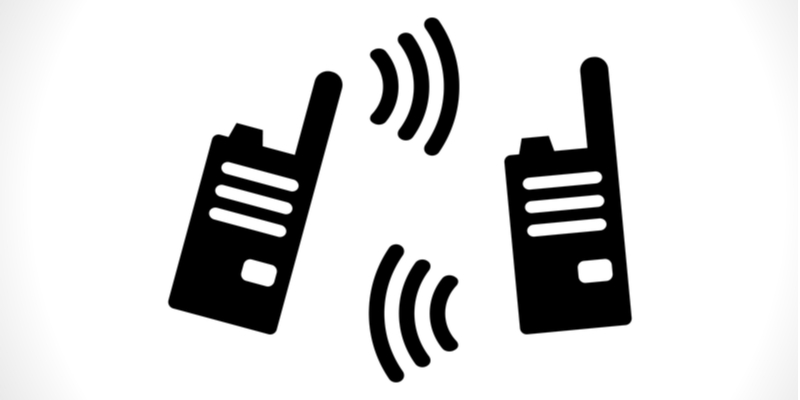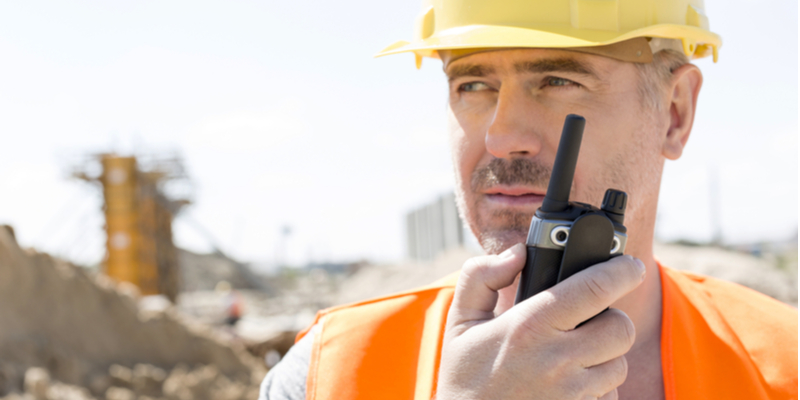Often referred to as ‘The Fourth Utility,’ cellular enhancement systems improve in-building coverage for cellphones by re-amplifying cellular frequencies owned by the major carriers. A reliable cellular enhancement system is crucial to increasing business productivity. After all, a lack of reception can hinder your ability to grow and thrive.
5 Facts About Cellular Enhancement Systems
#1. Cellular enhancement systems work with a range of carriers
Operators that are commonly supported by the use of cellular enhancement systems include AT&T Mobility, Sprint Corporation, T-Mobile US, and Verizon Wireless. In addition, a variety of smaller regional carriers are also covered.
#2. A lot of buildings experience issues
From below ground office spaces to high rise buildings, a lot of different buildings experience issues with coverage because there are a lot of things that can get in the way of signals penetrating and flowing through a building. For instance, high rise buildings are constructed from heavy duty materials that make it difficult for signals to infiltrate, especially when a building is surrounded by other tall buildings.
#3. How cellular enhancement systems work
The in-building cellular enhancement system works by connecting to the carrier’s signal source via a bi-directional amplifier or a base transceiver station. The signal source is responsible for receiving and transmitting the signal. Using a network of coaxial cable and optical fiber, the frequency is sent throughout the building. When the system is set up, a series of in-building coverage antennas are placed in particular locations to provide the best all-around coverage.
Instead of reading or modifying the information sent through the signal, the system simply reinforces the signal – be it data or voice – so that signals can transmit in dead areas or low signal areas within a building.
#4. 2G enhancement systems are being replaced with 4G enhancement systems
Originally, cellular enhancement systems were intended for 2G or 3G based services, but we are now making the shift towards 4G. Systems designed for 2G are typically only for voice-based services, and are characteristically not capable of supporting 4G services, which is the norm today. As we shift from voice-based messages to high speed data, 4G services become more necessary. Even a well-designed 2G system may not be up to par for the latest communication requirements.
#5. The difference between passive and active cellular enhancement system
A passive system is easier to install and may be recommended for smaller buildings in which just one (maybe two) MNOs require enhancement. They are not typically used in spaces that exceed 100,000 square feet. The RF power must be balanced in all coverage antennas to provide a uniform signal that reaches across the entire building. If you need to expand or build upon a passive system in the future, it may require complete re-engineering of the system.
On the other hand, an active in-building cellular enhancement system is more complicated to install but is necessary for buildings that require conversion of the radio frequency into other forms. Additional equipment placed throughout the building is used to convert the signals back into native radio frequency format, which can then be passed through the coverage antennas. This type of system is considered ‘active’ because the equipment on both ends of the cable necessitate AC or DC power to properly operate.
Unsure which system you require?
We are more than happy to help.
Cellular Enhancement Systems by Highland Wireless
At Highland Wireless, we offer free pre-testing of signal strength levels and site surveys. We can offer a quote based on floor plans if your building is in pre-construction. Contact us today to learn more





